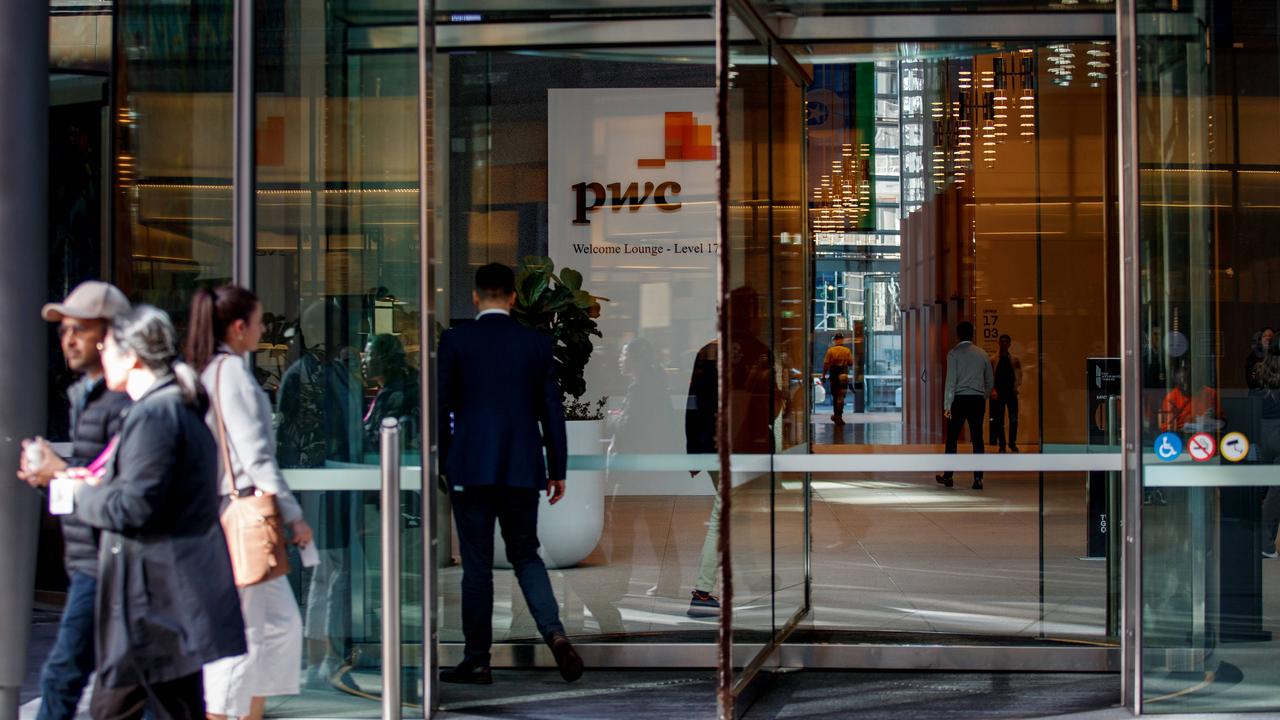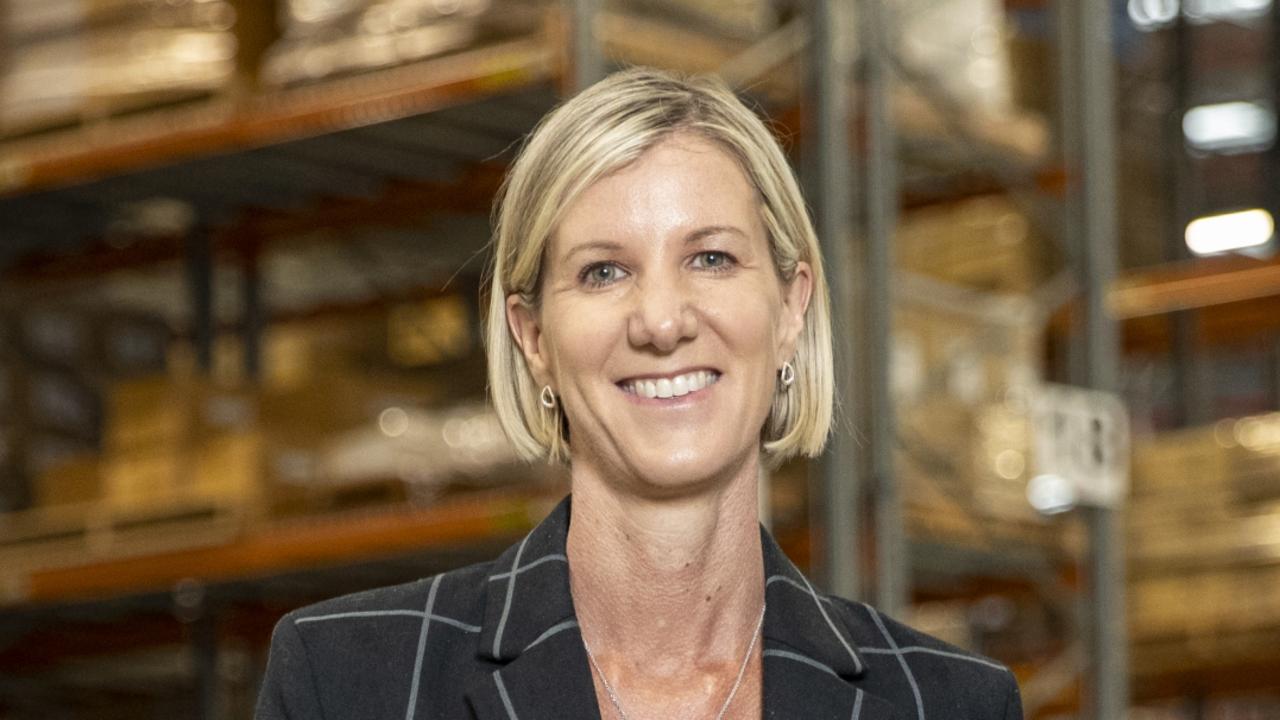BHP wants to more than double copper production in South Australia over the next decade
BHP has announced a copper ore resource of more than one billion tonnes at Oak Dam in outback SA, and wants to more than double output in the state over the next 10 years.

Business
Don't miss out on the headlines from Business. Followed categories will be added to My News.
BHP is looking to more than double copper production out of South Australia over the next decade and will make a final investment decision on a major smelter upgrade at Olympic Dam within two and a half years, as it revealed a large increase in resources in the state.
The global miner has published a resource estimate for its Oak Dam deposit, 65km southeast of the Olympic Dam mine and smelter, where it has to date delineated 1.34 billion tonnes of copper and gold ore.
BHP is also progressing approvals with the state government for new shafts at both Oak Dam and Olympic Dam, so that it can drill out the deposits at greater depths.
The company has built a copper precinct in South Australia via the $6.4bn acquisition of OZ Minerals in May last year, which brought the Prominent Hill and Carrapateena copper and gold mines into the fold.
While the integrated Olympic Dam asset - comprised of the underground mine and processing operations - has in the past struggled to achieve profitability in some years, the combined portfolio, now known as Copper South Australia, delivered $US928m in underlying earnings to the group in the past financial year, on revenue of $US4.1bn.
BHP is forecasting production in SA in the current year to increase to 310,000-340,000 tonnes of copper, up from 322kt, with significant expansion plans on the cards in coming years.
The company said on Tuesday it was assessing the optimal pathway for a smelter and refinery expansion at Olympic Dam to increase output to more than 500kt by the early 2030s, and up to 650kt from the mid-2030s.
The expansion is expected to be carried out in two phases with BHP planning to make a final investment decision for stage one in the first half of the 2027 financial year.
This would transition the smelter to a two-stage configuration allowing 1.1-.14 billion tonnes of concentrate to be smelted.
“This would enable us to unlock about $US1.5bn of total synergies from the OZ Minerals acquisition, including $US0.6bn from integration which are already in execution,’’ BHP said.
“The second phase of the expansion would increase capacity to align with potential further
growth from Oak Dam and Olympic Dam, including Olympic Dam Deeps.’’
BHP chief executive Mike Henry said BHP was reshaping itself with an increased focus on potash and copper, “which we believe is long-term, very attractive’’.
“As the world population continues to grow, standards of living rise, we see further urbanisation and the energy transition unfolds and BHP is starting as one of the world’s largest copper producers,’’ he said.
“Already, we have the world’s largest endowment of copper resources, and we’re unlocking more of that significant resource base through the plans that we’re laying out in South Australia, in Chile, and then, more recently, through the transaction and joint venture that we’ve announced with Lundin Mining.’’
That joint venture, signed in July, envisages BHP and Lundin developing the Filo del Sol and Josemaria copper projects in Chile and Argentina.
Mr Henry said BHP would also be taking shareholders to Escondida in November where further detail on expansion plans there would be laid out.
He said copper demand was expected to grow 70 per cent by 2050 and new supply was increasingly difficult to bring on, “because deposits are becoming harder to find - lower grade or more technically challenging to bring on with more surface risk to be managed’’.
“We believe that BHP is very well placed, both in terms of our strong balance sheet, our project execution capabilities, as well as our ability to engage stakeholders to play a strong role in meeting the world’s need for more copper, so it’s growing as a part of the portfolio,’’ Mr Henry said.
South Australian Premier Peter Malinauskas said while “it’s important that we don’t get too far ahead of ourselves ... at the same time it’s hard not to be filled with a degree of excitement about the size of the copper opportunity’’.
Mr Malinauskas said a crucial part of the proposed expansion would be the Northern Water Project, which BHP is envisaged as the cornerstone partner for.
“The Northern Water Project has to stack up and there’s obviously the $200m feasibility study is happening as we speak,’’ Mr Malinauskas said.
“Since the announcement of that feasibility study, the ongoing engagement with BHP has been excellent. Both parties are working cautiously, but also keenly.
“It’s a balance - we don’t want to make the mistakes of the past and get everyone’s hopes up but at the same time the people of South Australia should be aware of the size of the chance we have before us.’’
Originally published as BHP wants to more than double copper production in South Australia over the next decade



